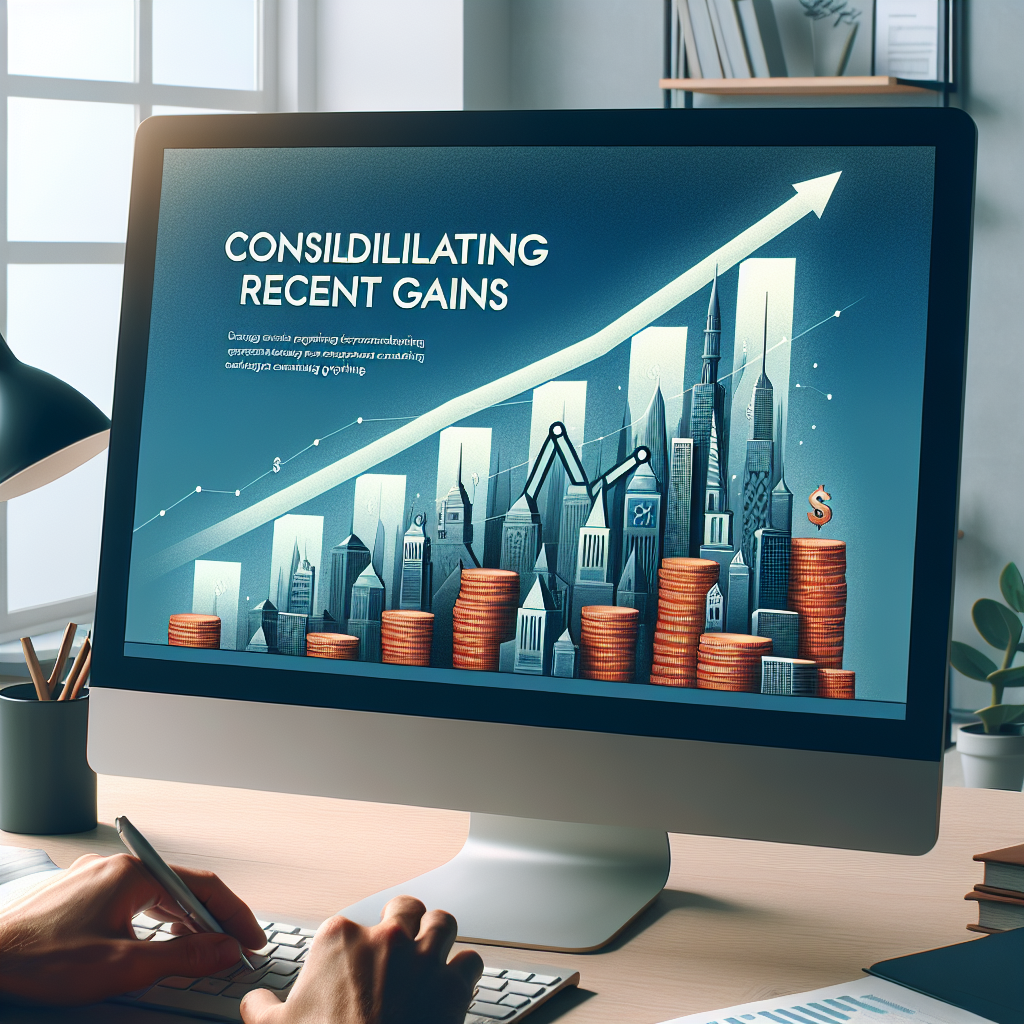In the context of the current economic environment, particularly highlighted by the recent BRICS summit, gold and silver have paused their impressive upward trends, with gold stabilizing around $2,720 and silver at $33.25. Traders are actively engaging in profit-taking, driven by the need to account in fiat currencies rather than gold. However, for investors who are motivated by hedging against fiat currency risk, such actions may not be prudent. The market conditions indicate that the gold price is being propelled upward, closely following its 55-day moving average, suggesting a robust bullish trend. Continued movement towards consolidation may be beneficial, possibly allowing for a more substantial base for future price advancements, with the 55-day MA providing a key support level at around $2,578.
The technical patterns observed in silver are particularly noteworthy as it appears to be aligning with gold’s trends after a period of lagging performance. Silver’s recent consolidation phase was marked by a strategic breaking above prior highs established in 2020 and 2021. Following this breakout, silver retraced to test support at key levels, including the 55-day moving average, validating the strength of the support in place. This series of movements signals a potential for silver to enter a new bullish phase, indicating a promising outlook for substantial price appreciation in the near term.
The underlying forces driving these precious metals upward can be better understood by inverting the gold price chart to visualize the declining value of the dollar against gold, which represents a more stable measure of wealth. Since around the year 2000, the dollar’s decline has been marked by distinct phases, indicating a waning confidence in its credibility as more evident fiscal mismanagement by the US government creates a looming debt crisis. This trend is further supported by rising bond yields, which, paradoxically, are appearing to bottom out even as interest rates remain projected to decrease. Such a situation harbors the risk of a significant deterioration in bond prices which could, in turn, disrupt equities markets.
Looking ahead, the external factors impacting dollar valuation cannot be overlooked. Currently, approximately $32 trillion in foreign dollar reserves is primarily allocated towards bonds and equities, and this significant investment puts further pressure on the dollar as confidence wanes. Disconcertingly, the dollar’s depreciative trend against gold has continued, reflecting broader economic concerns. External catalysts such as the upcoming presidential elections could significantly compound these pressures, with both leading candidates presenting economic policies that seem unfavorable for the dollar, irrespective of the winner.
Adding to this uncertainty is the political climate surrounding former President Trump, who is noted as the frontrunner in betting odds for the upcoming elections, potentially triggering further dollar depreciation. His proposed policies, including increased tariffs, tax cuts, and an overall approach that may foster higher consumer prices and greater fiscal deficits, could lead to diminished foreign investment in the dollar. This scenario positions the dollar at a perilous juncture, given the historical dependence on foreign buyers of US debt instruments.
In conclusion, while short-term profit-taking seems sensible for some traders, the foundational risks surrounding fiat currency, especially the US dollar, suggest that diving back into it could be irrational. The developments in both gold and silver markets indicate a long-term bullish sentiment, defying the allure of short-term currency profits amidst escalating concerns about the dollar’s sustainability. As economic shifts and political elements continue to evolve, understanding the intricate dynamics of gold, silver, and the US dollar will remain crucial for both investors and market analysts.

